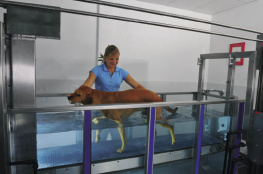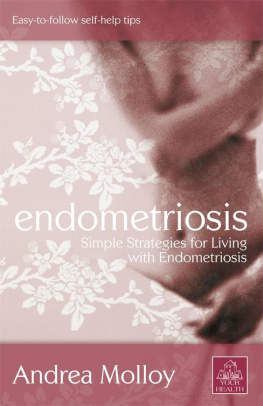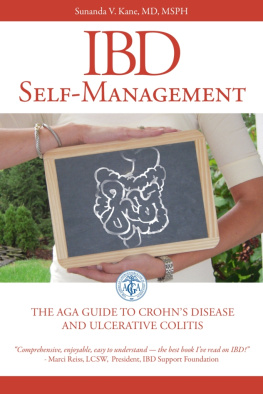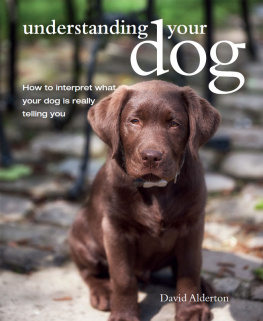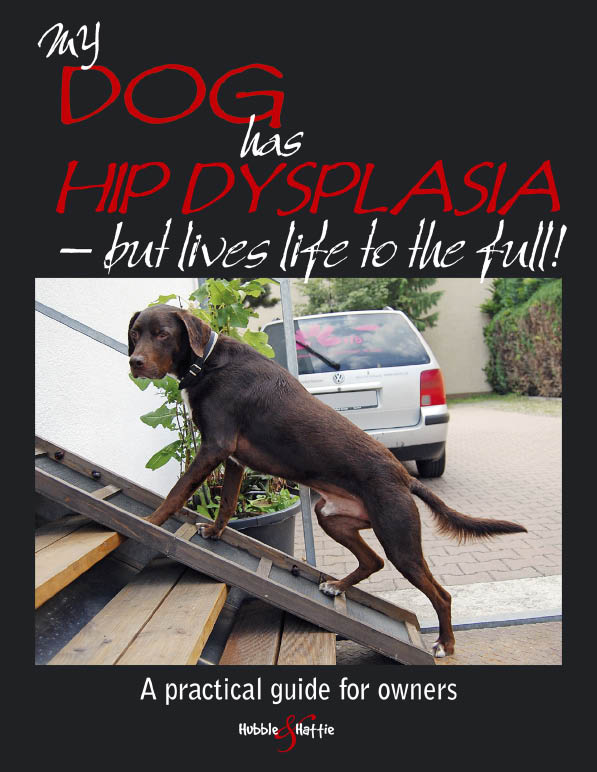My
Dog
has
HIP DYSPLASIA
- but lives life to the full!
A practical guide for owners
Kirsten Hausler & Barbara Friedrich
The Hubble & Hattie imprint was launched in 2009 and is named in memory of two very special Westies owned by Veloces proprietors.
Since the first book, many more have been added to the list, all with the same underlying objective: to be of real benefit to the species they cover, at the same time promoting compassion, understanding and co-operation between all animals (including human ones!)
Hubble & Hattie is the home of a range of books that cover all-things animal, produced to the same high quality of content and presentation as our motoring books, and offering the same great value for money.
Acknowledgements
We are very grateful to Dr Anke Lotze, who gave us the impetus to write this book, and vet Dr Peter Morlock, who was always there for us with an encouraging word or two.
In particular, we would like to thank all our dogs: Dago, Kalypso, and Argos, and all the others with whom Barbara Friedrich has lived and worked, Dr Kirsten Huslers dog Nala gone too soon who taught us many things, and, of course, her current dogs, Itchy and Dexter.
Whilst the authors and Veloce Publishing Ltd have designed this book to provide up-to-date information regarding the subject matter covered, readers should be aware that medical information is constantly evolving. The information in this book is not intended as a substitute for veterinary medical advice. Readers should consult their veterinary surgeon for specific instructions on the treatment and care of their dog. The authors and Veloce Publishing Ltd shall have neither liability nor responsibility with respect to any loss, damage, or injury caused, or alleged to be caused directly or indirectly, by the information contained within this book.
www.hubbleandhattie.com
First published in paperback format in July 2011
First published in eBook format in December 2013
Veloce Publishing Limited, Veloce House, Parkway Farm Business Park, Middle Farm Way, Poundbury, Dorchester, Dorset, DT1 3AR, England. Fax 01305 250479 e-mail .
Print ISBN: 978-1-845843-82-3
eBook ISBN: 978-1-845847-39-5
Dr Kirsten Husler, Barbara Friedrich & Veloce Publishing Ltd 2013. All rights reserved. With the exception of quoting brief passages for the purpose of review, no part of this publication may be recorded, reproduced or transmitted by any means, including photocopying, without the written permission of Veloce Publishing Ltd. Throughout this book logos, model names and designations, etc, have been used for the purposes of identification, illustration and decoration. Such names are the property of the trademark holder as this is not an official publication.
Readers with ideas for books about animals, or animal-related topics, are invited to write to the editorial director of Veloce Publishing at the above address. British Library Cataloguing in Publication Data. Typesetting, design and page make-up all by Veloce Publishing Ltd on Apple Mac. eBook code and design produced in-house by Veloce Publishing Ltd.
Contents
Chapter 1
Hip Dysplasia (HD): tips, pain reduction & treatment
When I bought my first puppy, I visited the breeder, saw the mother and the litter, and everything seemed fine. I signed a purchase agreement, the breeder brought the little puppy to me, I paid for him, and immediately fell in love with my new, four-legged friend.
It amazed me how well the puppy got on with my children. I thought about all the things he would need, such as food, a cage, and toys. But not for one moment did I give any thought to illness and disease, or even to heredity. We were lucky, Dago and I: he lived with us for 15 happy, mostly healthy years.
A few years later came our second dog. In the purchase agreement, there was a clause which obliged me to have my dog X-rayed within 12-14 months, and to send the X-rays to the OFA (the Orthopaedic Foundation for Animals) for evaluation.
Why? Because the breeder wanted to ensure that none of her puppies had HD, although both parents were free of HD, and my dog was healthy. My dog would have to be given an anaesthetic to be X-rayed, and I wasnt convinced that this was a good idea.
Today, this clause is a part of many puppy purchase agreements. But even though owners may have paid a certain amount in advance, which is returned to them after the X-ray, a lot fail to get their puppy X-rayed. Many wonder, as I did at the time, whether they should put themselves and their dog through this ordeal ...?
Why all the fuss, then?
And what if, at the end of the procedure, you get bad news? What does it mean if your dog has moderate HD? Or even severe HD? Wouldnt it be better not to know?
Of course, no one can force you to have your dog X-rayed, but dog owners who decide they would rather not know won't be able to deal as quickly with any problems, should they arise, whilst those who
are aware early on can prevent and avoid the worst.
So let's look at the concerns and considerations. Okay, to have the tests requires time and money, but the time involved is only a fraction of that youll spend with your four-legged friend over the next 10-15 years. With regard to the cost, consider this; compared to the amount you will spend on food, vet visits, toys, etc, over the same period of time, the cost of this procedure is peanuts.
Forewarned is forearmed. If you are unaware that your dog is at risk, you could unwittingly cause him harm, by over-exercising him and feeding him the wrong diet. By avoiding this, not only will you protect your dog, but also your wallet. Treatment for HD can be very expensive, and prevention is always better than cure, but, apart from any other considerations, you and your dog would miss out on a lot of joy over the time you have together.
In spite of her HD, Kalypso lived to almost 14 years of age.
Radiation
Modern X-ray equipment uses very low doses of radiation, and the anaesthetic is usually a minimal risk. However, if you later have to treat your dog for HD, this X-ray will give you and your vet a good indication of the severity of the HD, and will show whether or not your dog needs an operation.
What about the stress involved? No dog likes going to the vet, but HD, along with the osteoarthritis which accompanies it, will be painful and severely limit your dogs movement; it also necessitates frequent visits to the vet ...
I thought it would be a good idea to educate myself about HD, and, today, I am happy that I allowed my dog, Kalypso, to be X-rayed and had the results analysed. Over the years that Ive had a dog I have seen dogs suffering with HD, and am relieved that we were able to avoid this problem for Kalypso. At the time, the discovery that she was at risk of HD forced me to pay close attention to her nutrition, monitor her weight regularly, and observe strict rules about exercise. Because of this, Kalypso's HD never developed. She died at almost 14 years of age, after her second stroke.
The aim of this book is to inform you about HD. We strongly recommend an examination; once you have the result, you can shape your life with your dog, depending on his health, with preventative action, and relieve your dogs suffering through correct nutrition and exercise. Despite a diagnosis of HD, you can still enjoy many different activities with your dog but you need to know how to prevent further damage in that case. We very much hope that this will allow you to look forward to many fun-filled years with your four-legged friend!

